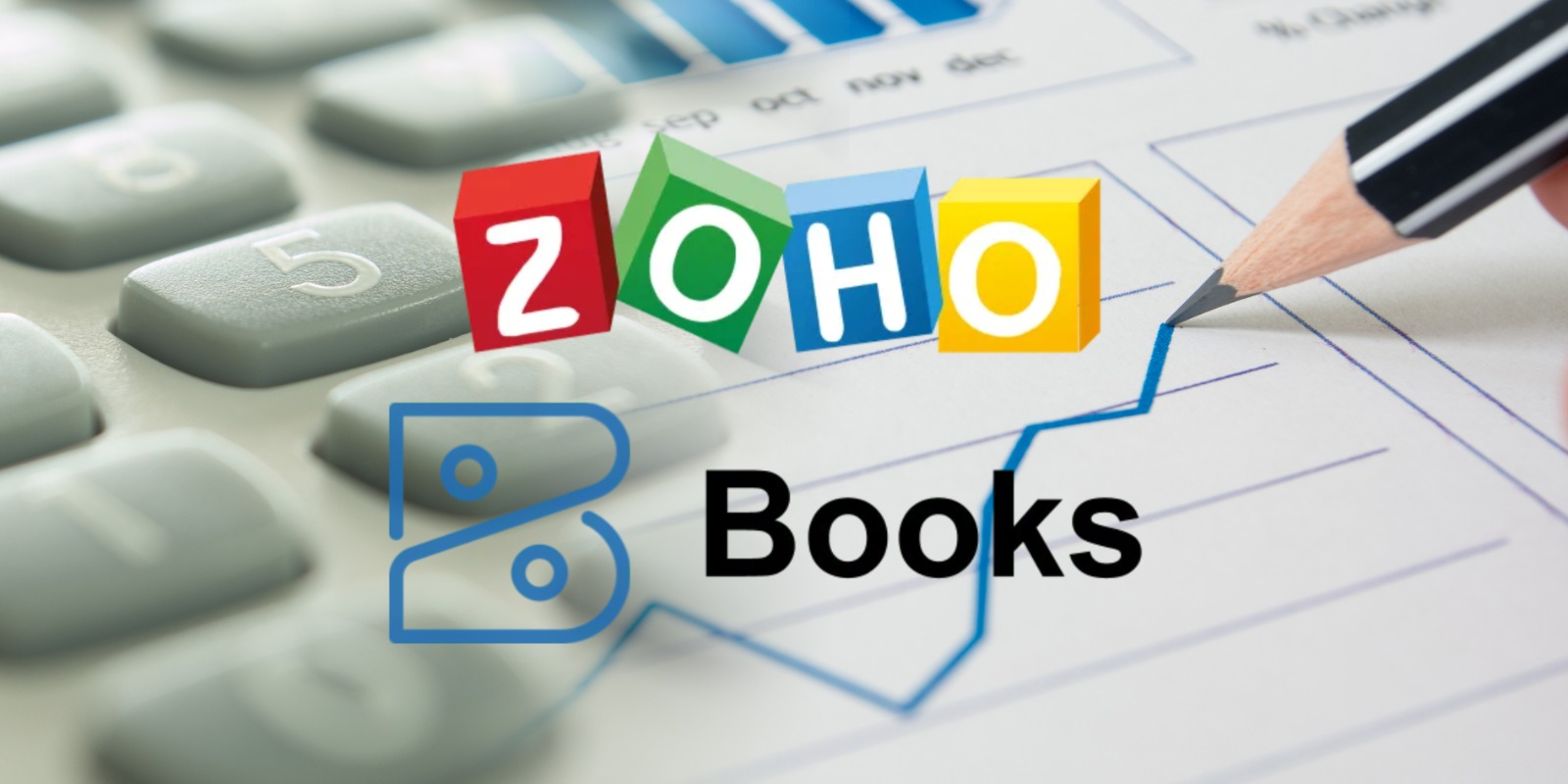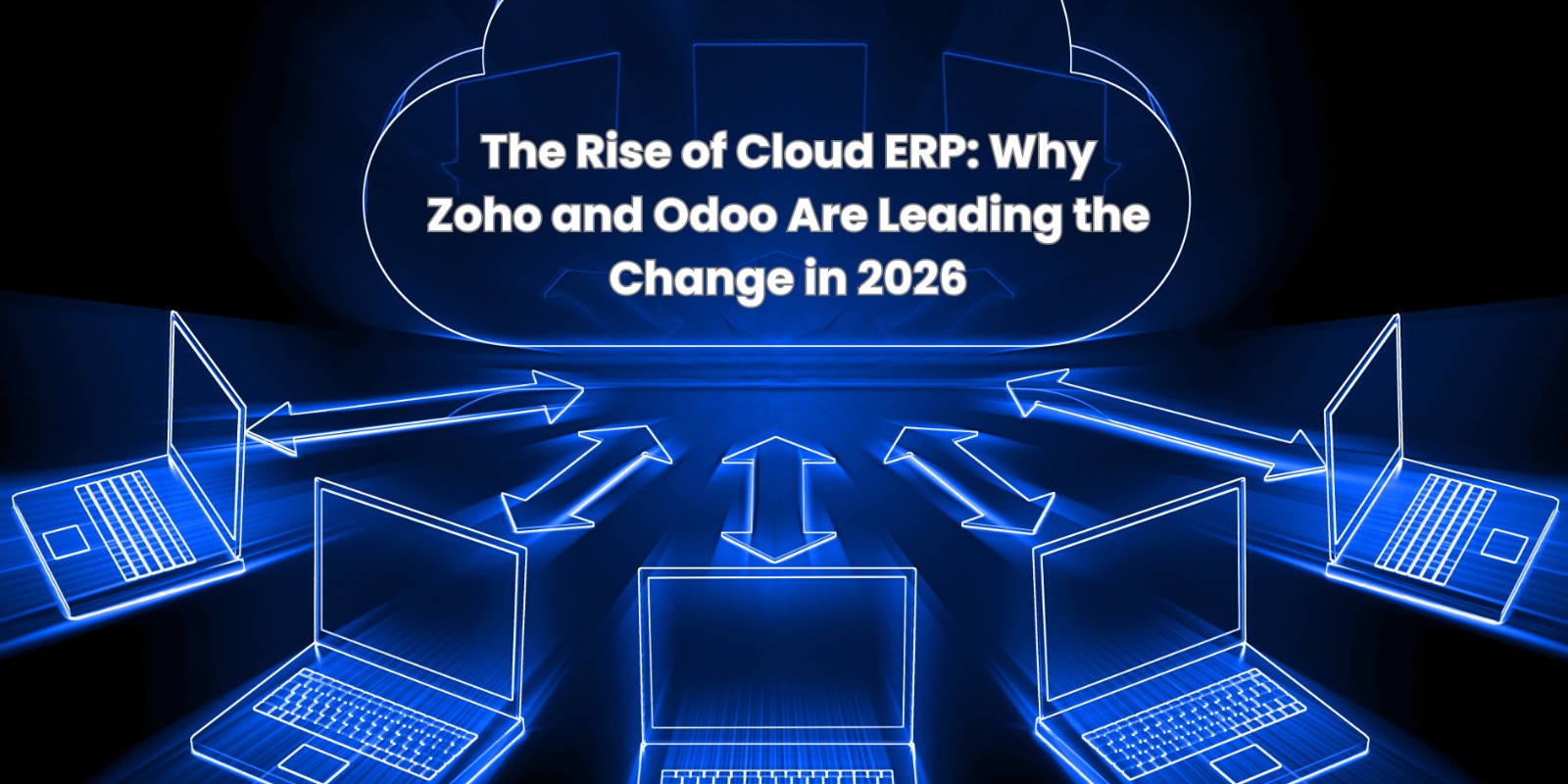Table of Contents
For years, businesses have managed operations on traditional servers, disconnected software, and spreadsheets that work only if everyone follows the rules perfectly. But the reality is different. Teams change, systems crash, data gets duplicated, and everything becomes slow.
2026 is the turning point. It is the year when more businesses than ever are moving their entire ERP to the cloud — not because it’s trendy, but because it solves real everyday problems.
Cloud ERPs like Odoo Online, Zoho One, Oracle NetSuite, SAP Cloud, and others bring faster performance, automatic updates, and real-time visibility that older systems cannot match.
If you’ve ever faced delays, data loss, slow reporting, or expensive IT maintenance, this is the year to finally switch.
The Real-Life Pain Businesses Face Every Day
Cloud adoption starts with real frustration — not technology. Here are the daily pains companies deal with:
Slow Local Servers
When everyone logs in at the same time, the system slows down or freezes.
Cloud platforms don’t crash because everything runs on powerful, scalable infrastructure.
Outdated Versions & Manual Updates
Traditional ERPs require expensive IT support to update.
Cloud ERPs update automatically without downtime or extra cost.
Teams Struggling to Work Remotely
Local systems only work inside the office.
Cloud ERPs work anywhere — laptop, mobile, or tablet.
No Real-Time Visibility
Sales knows one number.
Finance knows another.
Inventory knows something else.
Cloud solves this with a single source of truth updated every second.
High IT Maintenance Costs
Servers, hardware, backup drives, security setups — all cost money.
Cloud ERPs eliminate 90% of these expenses.
Why 2026 Is the Perfect Time to Move to Cloud ERP

Businesses are shifting now for several reasons:
1. AI-Powered Automation Is Now Native
Recent updates in platforms like Odoo 19 and Zoho Books include:
- AI suggestions
- Smart reconciliation
- Duplicate bill detection
- Automated workflows
- Predictive demand
These tools only work fully on cloud infrastructure.
2. Cloud Is More Secure Than Local Servers
Cloud ERPs include:
- Daily backups
- 2FA
- Encrypted data
- Global-grade firewalls
- Automated monitoring
Your financial, sales, and customer data stays protected 24/7.
3. Scalability Without New Hardware
If your business grows, cloud ERP grows with you:
- Add new users instantly
- Add new branches
- Add new modules
- Handle more transactions without upgrading hardware
No server upgrade. No downtime. No extra IT spending.
4. Faster, More Accurate Decision-Making
Cloud ERPs give real-time dashboards for:
- Sales
- Finance
- Inventory
- Projects
- HR
- Cashflow
You don’t wait for weekly reports — you see everything live.
5. Perfect for Multi-Branch & Multi-Country Businesses
Whether you manage:
- multiple warehouses
- multiple branches
- multi-currency transactions
- different tax regions
Cloud ERP syncs everything automatically.
6. Cloud Reduces Human Errors
No more:
- duplicate entries
- lost spreadsheets
- outdated versions
- mismatched reports
Automation and real-time syncing ensure clean data.
What’s New in Modern Cloud ERPs for 2026
Cloud ERP platforms now come with powerful new features built specifically to solve real business problems:
Auto-Updates & New Features Every Few Weeks
You always use the latest version — without installations.
Built-in Integrations
Connect:
- Payment gateways
- E-commerce platforms
- CRMs
- HR systems
- Accounting apps
- Banks
Everything works together without custom coding.
Strong Mobile Apps
Modern cloud ERPs allow:
- mobile approvals
- expense uploads
- invoice generation
- warehouse scanning
- attendance tracking
Teams work from anywhere effortlessly.
Smart Reporting & Analytics
Cloud ERPs generate reports instantly with clean, organized, real-time data.
Disaster Recovery Built-In
If hardware dies, your business continues.
Cloud keeps everything safe and backed up.
The Benefits of Moving Your ERP to the Cloud in 2026

You immediately get:
- Faster system performance
- Zero maintenance cost
- Better security
- Easier team collaboration
- Automatic upgrades
- Always-on access
- Real-time data accuracy
- Lower long-term cost
- AI-powered workflows
This isn’t just a technology change —
it’s a business transformation.
Conclusion: 2026 Is Your Best Chance to Modernize
If your current ERP feels slow, outdated, and hard to maintain, it’s not just frustrating — it’s limiting your growth.
Cloud ERPs bring speed, automation, real-time visibility, and long-term savings that no traditional system can match.
2026 is the year to stop patching old systems and start building a future-ready business foundation.
Moving your ERP to the cloud isn’t just an upgrade; it’s a transformation.
It’s the smartest decision your business can make this year.








Post Comment